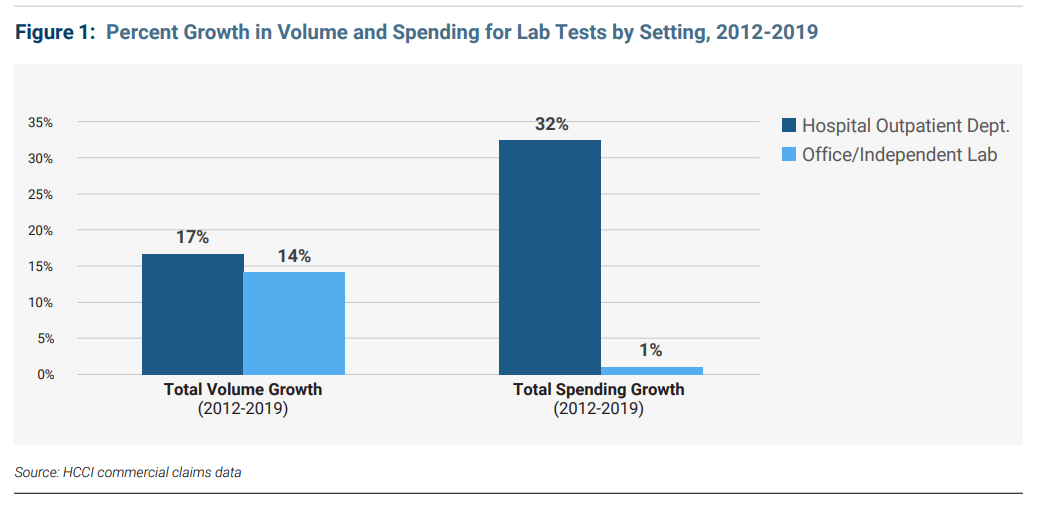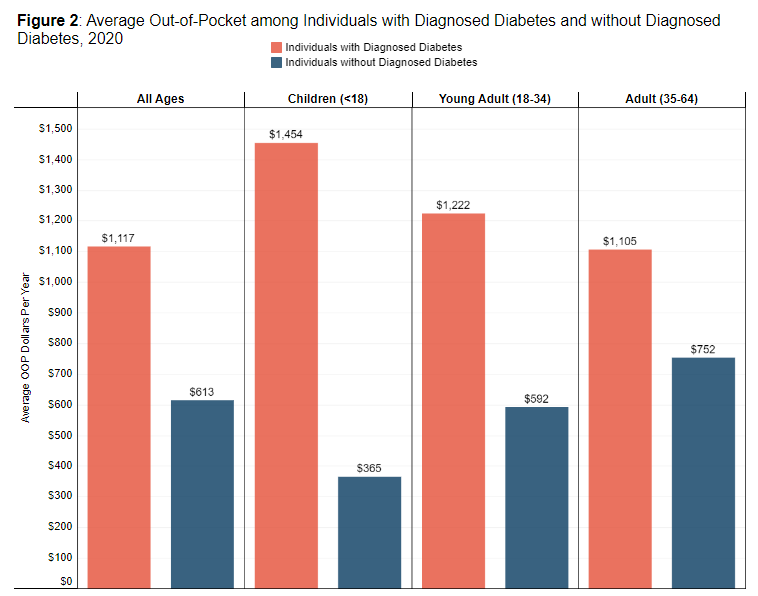HCCI Reports
-
Mental Health and Respiratory Admissions Account for the Majority of Non-Newborn Children’s Hospitalizations from 2016-2020
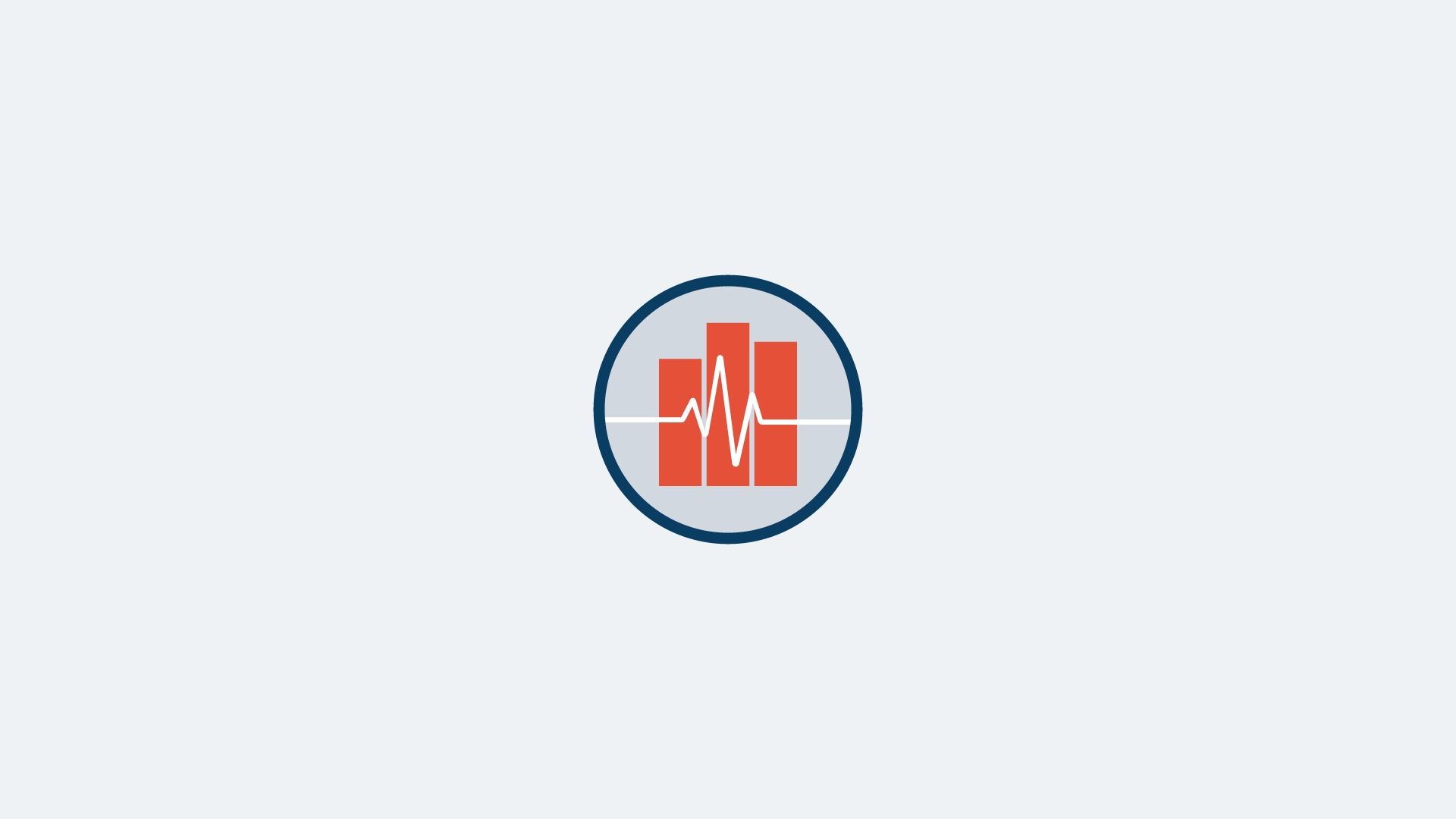 Read more: Mental Health and Respiratory Admissions Account for the Majority of Non-Newborn Children’s Hospitalizations from 2016-2020
Read more: Mental Health and Respiratory Admissions Account for the Majority of Non-Newborn Children’s Hospitalizations from 2016-2020Half of American children have health insurance coverage through an employer (typically as a dependent on a parent’s coverage). Therefore, a major asset of employer-sponsored insurance (ESI) claims data is the opportunity to understand more about how children use and experience the health care system. In this brief, we use HCCI’s unique national dataset encompassing…
-
Use of and Spending on Firearm-Related Injuries Increased among People with Employer-Sponsored Health Insurance from 2016-2020
 Read more: Use of and Spending on Firearm-Related Injuries Increased among People with Employer-Sponsored Health Insurance from 2016-2020
Read more: Use of and Spending on Firearm-Related Injuries Increased among People with Employer-Sponsored Health Insurance from 2016-2020The Centers for Disease Control and Prevention (CDC) reports that there were more than 45,000 firearm-related deaths in 2020; in addition, evidence suggests that there were an additional 2-3 nonfatal firearm injuries seen per death. Recent studies estimate that more than 200 people are injured by firearms each day, and the notable tragedies in 2022,…
-
HCCUR Data Point: Trends in Total (Administered and Prescription) Drug Spending in ESI
 Read more: HCCUR Data Point: Trends in Total (Administered and Prescription) Drug Spending in ESI
Read more: HCCUR Data Point: Trends in Total (Administered and Prescription) Drug Spending in ESITotal spending on drugs includes spending on prescription drugs (typically oral medications prescribed by a physician, picked up by a patient at a local pharmacy, and taken at home) and administered drugs (typically injected or infused under the supervision of a health care professional either in an outpatient facility or physician office). In HCCI’s Health Care Cost…
-
Employer-Sponsored Health Insurance Plays a Significant Role in Vulnerable and Rural Communities
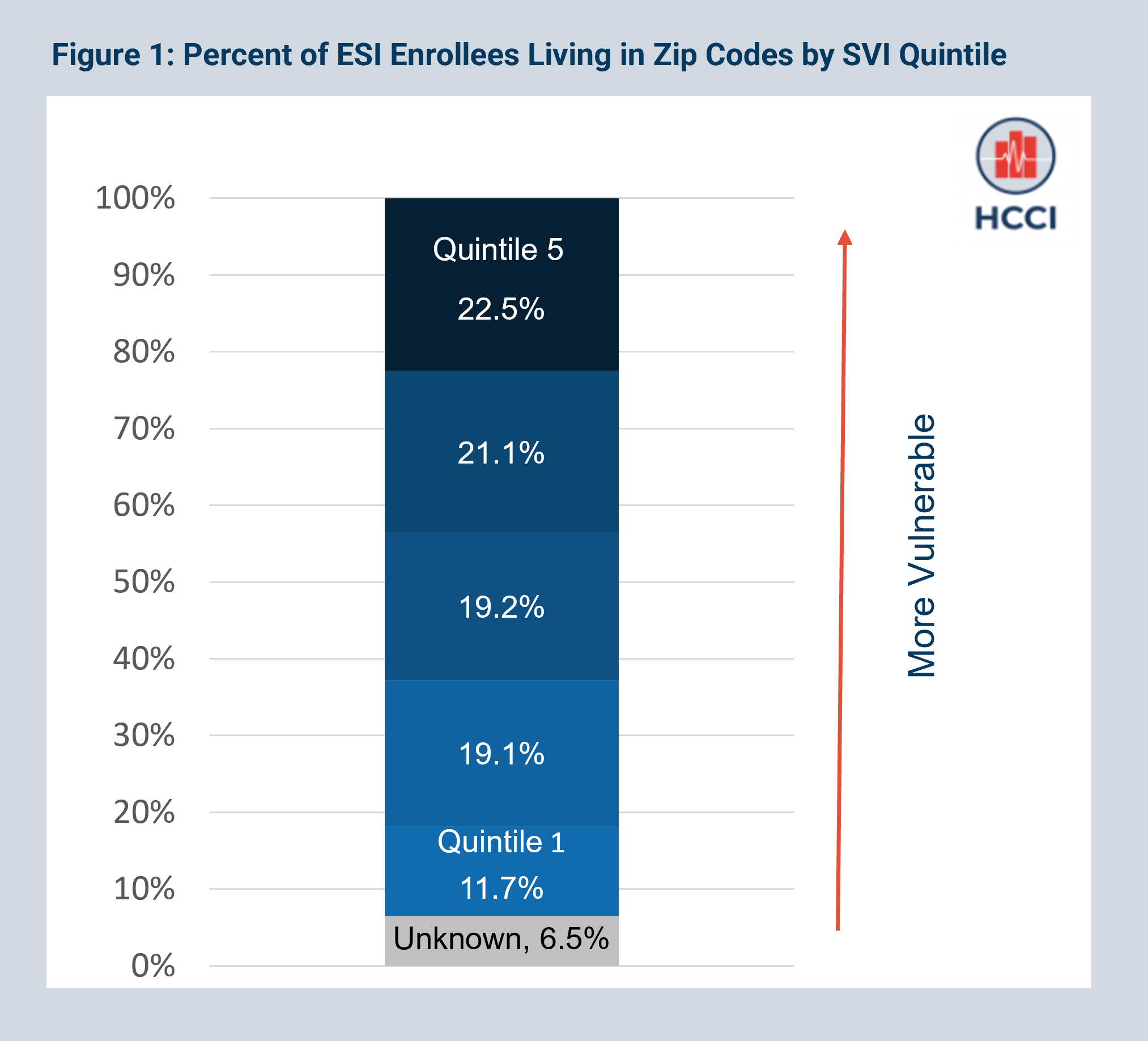 Read more: Employer-Sponsored Health Insurance Plays a Significant Role in Vulnerable and Rural Communities
Read more: Employer-Sponsored Health Insurance Plays a Significant Role in Vulnerable and Rural CommunitiesHealth care insurance claims data capture what health care services people use and how much they pay. These data are crucial for understanding the state of the U.S. health care system, including aspects that function well, those that need improvement, and how to achieve better health and access to care across populations. In this report,…
-
HCCUR Data Point: Use and Spending on Clinician Services in Hospital and Non-Hospital Settings
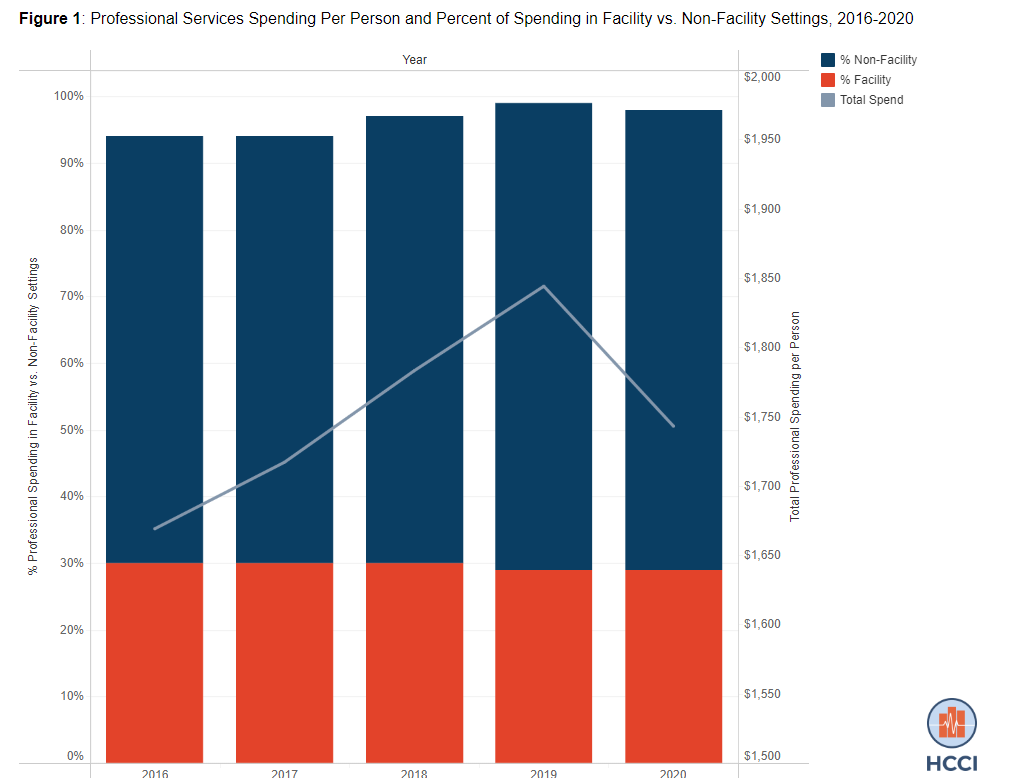 Read more: HCCUR Data Point: Use and Spending on Clinician Services in Hospital and Non-Hospital Settings
Read more: HCCUR Data Point: Use and Spending on Clinician Services in Hospital and Non-Hospital SettingsIn HCCI’s Health Care Cost and Utilization Report (HCCUR), we report per person spending on health care services of $5,607 in 2020. Of this spending, $1,514 (27%) was on services that occurred in a hospital outpatient setting and $1,071 (19%) was on services that occurred in a hospital inpatient setting. These spending amounts do not…
-
Price Markups for Clinical Labs: Employer‑based Insurance Pays Hospital Outpatient Departments 3X More Than Physician Offices and Independent Labs for Identical Tests
Read more: Price Markups for Clinical Labs: Employer‑based Insurance Pays Hospital Outpatient Departments 3X More Than Physician Offices and Independent Labs for Identical TestsThe Health Care Cost Institute (HCCI) in collaboration with West Health conducted an analysis of the high prices that employer-based insurance pays hospital outpatient departments for clinical lab tests. We found that insurers are paying 3 times more for identical tests (such as simple blood and urine tests) when billed by hospital outpatient departments compared to…
-
International comparisons of health care prices from the 2019 iFHP study
 Read more: International comparisons of health care prices from the 2019 iFHP study
Read more: International comparisons of health care prices from the 2019 iFHP studyThe International Federation of Health Plans (iFHP), an executive network of the global health insurance industry based in London, in partnership with the Health Care Cost Institute (HCCI) in the United States, and iFHP member companies in multiple countries, today published the latest International Health Cost Comparison Report. The report compares the median prices paid…
-
Privately Insured Individuals with Diabetes Spend Twice as Much Out-of-Pocket on Health Care as those without Diabetes
Read more: Privately Insured Individuals with Diabetes Spend Twice as Much Out-of-Pocket on Health Care as those without DiabetesOver 10% of the U.S. population— more than 34 million individuals— lives with diabetes, with 1.5 million new cases diagnosed each year. As people with diabetes manage this chronic condition, they often pay substantial amounts out of their own pockets on medical care and prescription medications. Using HCCI’s unique health care claims dataset, this brief…
-
ARM and ASHEcon 2022 Recap: HCCI Staff Research
 Read more: ARM and ASHEcon 2022 Recap: HCCI Staff Research
Read more: ARM and ASHEcon 2022 Recap: HCCI Staff ResearchWe’ll admit it: we have missed in-person conferences! In June, HCCI staff attended AcademyHealth’s Annual Research Meeting (ARM) and ASHEcon. In addition to connecting with other health services researchers, staff presented original research using HCCI’s commercial claims dataset. Here’s a sampling of HCCI staff presentations: ASHEcon: Real World Consequences of the Qualifying Payment Amount in the No Surprises Act Presentation…
-
The First Year of the COVID-19 Pandemic Had a Disproportionate Impact on Inpatient Service Use in Socially Vulnerable Metro Areas
 Read more: The First Year of the COVID-19 Pandemic Had a Disproportionate Impact on Inpatient Service Use in Socially Vulnerable Metro Areas
Read more: The First Year of the COVID-19 Pandemic Had a Disproportionate Impact on Inpatient Service Use in Socially Vulnerable Metro AreasEach year, HCCI publishes an annual update to the Healthy Marketplace Index (HMI), an interactive tool that describes how health care prices, use, and spending vary across metropolitan areas. HMI helps us to understand how these aspects of the health care system compare and contrast to the median metropolitan area. We recently released the latest…

